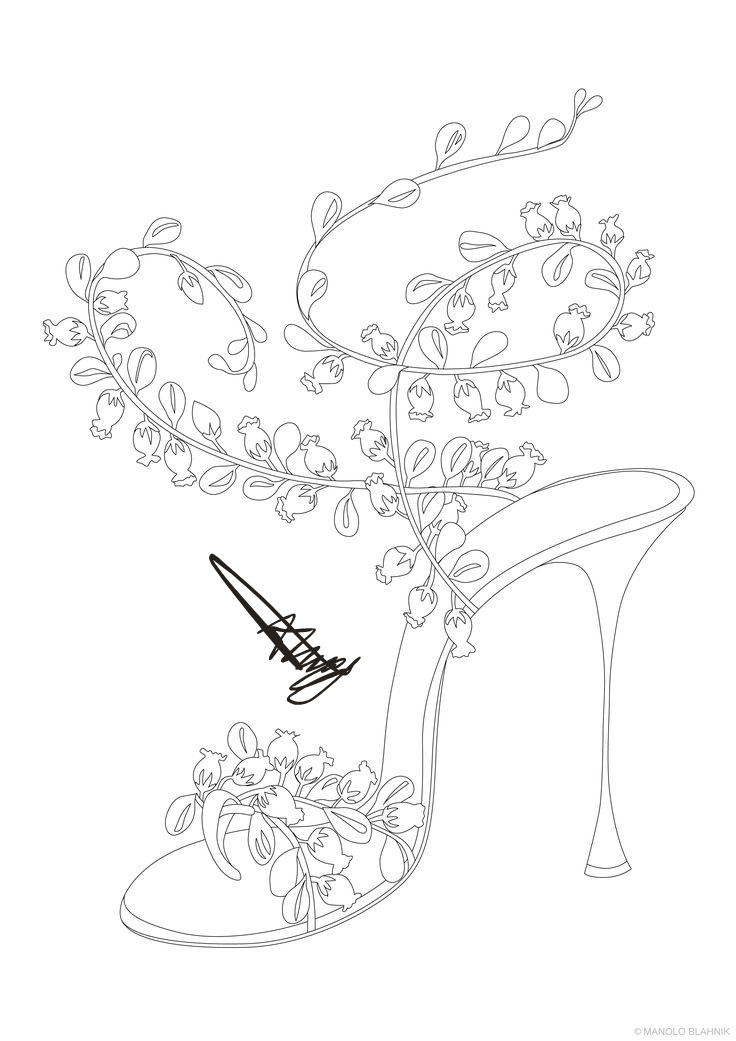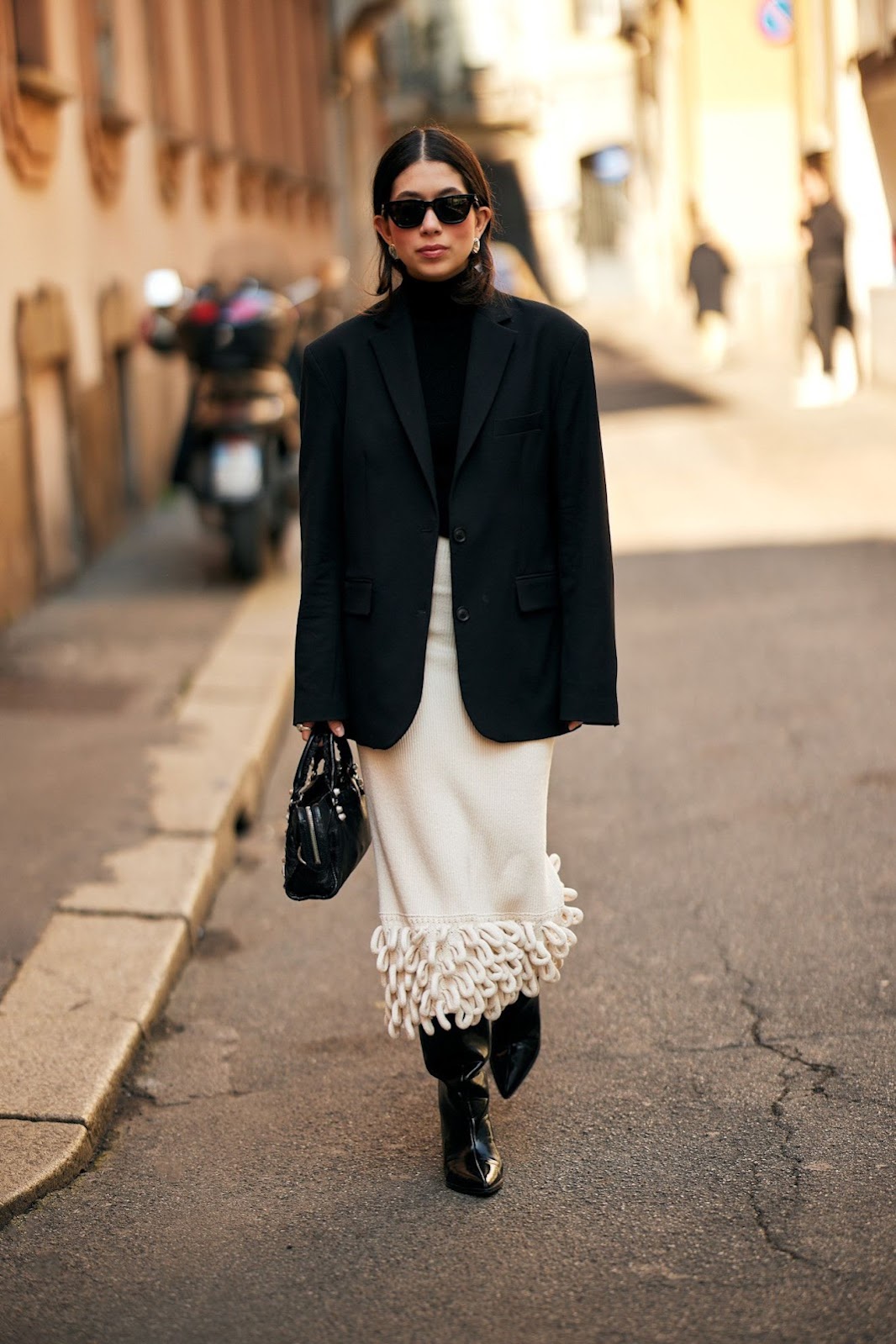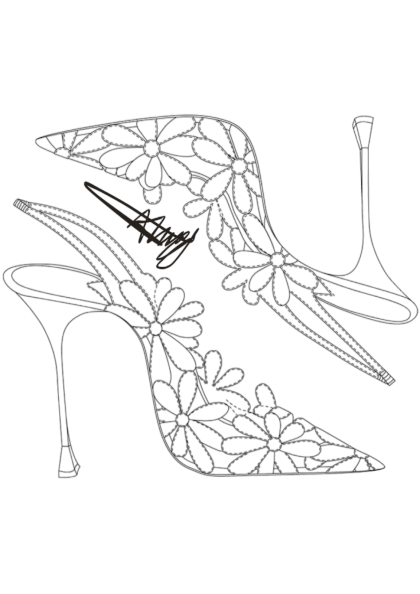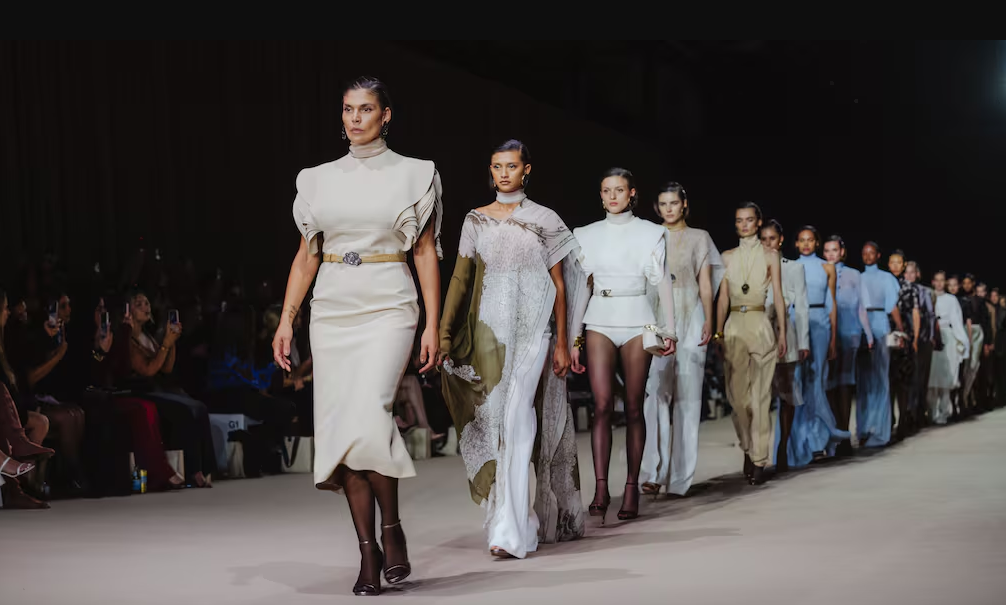Artist: Paul Gauguin
Type: Oil Painting
Date: 1886
Dimensions: 18 1/8 x 15 inches (panel); 26 x 22 3/4 inches (framed)
Gauguin painted this unusual painting in Paris in late 1886, following his first visit to Pont-Aven, where he befriended the artist Charles Laval. The painting demonstrates Gauguin's influences from several of his contemporaries:
The influence of Edgar Degas: This is clearly evident in Laval's profile, which appears abruptly cut off to the right of the painting, reflecting Gauguin's admiration for Degas's compositions, which tend to be cropped and off-center.
The influence of Paul Cézanne: The parallel brushstrokes and defined fruit shapes indicate Cézanne's influence on Gauguin's style during this period.
Distinctive Elements and Artistic Experiments:
The painting also includes a tall, dark ceramic figure, created by Gauguin himself. This item embodies his highly creative and innovative experiments with new media. Gauguin was particularly fond of this vase, the current location of which is unfortunately unknown.
Ownership and Display of the Painting:
The painting is part of the Samuel Josefowitz Collection of the Pont-Aven School and was acquired thanks to the generosity of numerous supporters, including the Lilly Endowment, the Josefowitz family, Mr. and Mrs. James M. Cornelius, Mr. and Mrs. Leonard J. Betley, Laurie and Dan Efroymson, and other friends of the Museum.
Wenceslaus Hollar Recreates the Beauty of Leonardo with His Unique Touch
The prolific and talented Czech artist Wenceslaus Hollar (1607–1677) was an artist and cataloger for Thomas Howard, 21st Earl of Arundel—one of the greatest art collectors of his time—between 1636 and 1644. After the Earl fled the English Civil War and died in 1646, Hollar and his family moved to Antwerp in 1644, where this remarkable artwork was created. After political stability was restored, Hollar returned to London in 1652, where he continued to live and work until his death.
A Series of "Various and Useful Pictures" Inspired by Leonardo da Vinci
In 1645, shortly after moving to Antwerp, Hollar produced a series of 13 unique etchings inspired by the works of the famous Italian painter Leonardo da Vinci. This series was titled "Various and Useful Pictures for Young Men Beginning the Art of Drawing" and included an additional title page by Hollar himself.
This series consists of studies of heads, including curious engravings, and its relationship to the much larger series "Figures and Deformities after Leonardo," identified by Hollar's expert Richard Pennington and also published in 1645, is not yet clearly established.
An Exceptional Sculpture of Unusual Female Beauty
This engraving is exceptional by any standard, especially considering Leonardo's unusual artistic nature. The two young women, close together, are depicted with fine features and short, wavy hair, and the right-hand figure has idealized classical features. These heads seem more in keeping with a religious painting than with Leonardo's artistic family, which tended toward exoticism. Hollar was deeply attached to beautiful women and was undoubtedly drawn to Leonardo's original source material to produce this unique work.
Note: Te Papa also has a print of the painting titled Varie figurae (1869-0001-206).
Reference:
Richard Pennington, "A Descriptive Catalogue of the Engraved Works of Wenceslaus Hollar 1607–1677" (Cambridge, 1982), p. 288 (no. 1723).
Leonardo's early masterpiece paved the way for the Mona Lisa with its revolutionary "sfumato"
This painting may remind you of the famous Mona Lisa, but Leonardo da Vinci painted "Ginevra de' Benci" more than twenty years before his most famous masterpiece. Discover with us why this early experiment by Leonardo was revolutionary in the history of painting.
Leonardo was in his early twenties when he created this portrait, which is now on display in the National Gallery of Art. At the time, this budding genius was just beginning to experiment with a completely new medium: oil paint.
What makes this painting so groundbreaking is the technique Leonardo used to depict Ginevra's face. Her face is designed with layers of shadows that gradually deepen and become more gradual. Leonardo did not rely on sharp lines or abrupt transitions between color and light, but rather employed a subtle technique that gives the face a soft, mysterious feel—a technique later known as "sfumato," which he perfected in his later works, such as the Mona Lisa. This early experiment was not just a painting; it was a crucial step in the development of Leonardo's unique style, paving the way for his genius works that changed the course of art history.
The Bardi Altarpiece: Botticelli's Delicate Masterpiece, Combining Art and Symbolism
This altarpiece is one of the most exquisite and best-preserved works by the Italian artist Botticelli. It was commissioned by the Florentine merchant Giovanni d'Agnolo di Bardi specifically for his burial chapel in the Church of San Spirito.
History and Details:
Artist: Botticelli
Type: Altarpiece
Order and Date: Commissioned by Giovanni d'Agnolo di Bardi for his burial chapel at San Spirito. The painting remained in the Bardi family until 1825, although it was replaced with a newer one about a hundred years after its installation, suggesting that the original frame, designed by Giuliano da Sangallo, was lost at that time. A replica of the frame was created at San Spirito in 1978.
Subject and Artistic Style:
The subject of the painting, the enthroned Virgin Mary with saints standing beside her, harks back to an ancient artistic tradition dating back to Fra Angelico. This theme was common in many other altarpieces painted at San Spirito during the same period or shortly before.
Saints: The two saints depicted here are St. John the Baptist, who occupies a place of honor as the patron saint, and St. John the Evangelist.
Botticelli's Innovation: Botticelli departs from the traditional style by reducing the architectural structures and making the canopy behind the Virgin Mary entirely of palm leaves. The foliage indentations recall the earlier three-part style.
Vegan and Symbolic Motifs: The composition is dominated by exaggerated plant motifs, but these are not merely aesthetic elements; the numerous texts (especially from the Book of Sirach) clearly indicate that they have a very specific iconographic purpose, adding symbolic depth to the painting. The Tension Between Realism and Symbolism:
Botticelli reinforces this tension between precise observation of nature and complex concepts through elements that reduce the viewer's distance and make the viewer feel present within the artwork:
The Eyes of John the Baptist and the Christ Child: Their eyes appear to be watching the viewer directly.
The Position of the Saints on the Step: The two saints stand on the steps leading up to the painting, creating a sense that they are part of the viewer's space.
The Small Cross on the Altar: This cross is imagined at the bottom of the painting, connecting the work to the actual altar and the surrounding space.
This painting offers a wonderful example of Botticelli's mastery of combining visual beauty with profound symbolism to create a timeless work of art.




























































